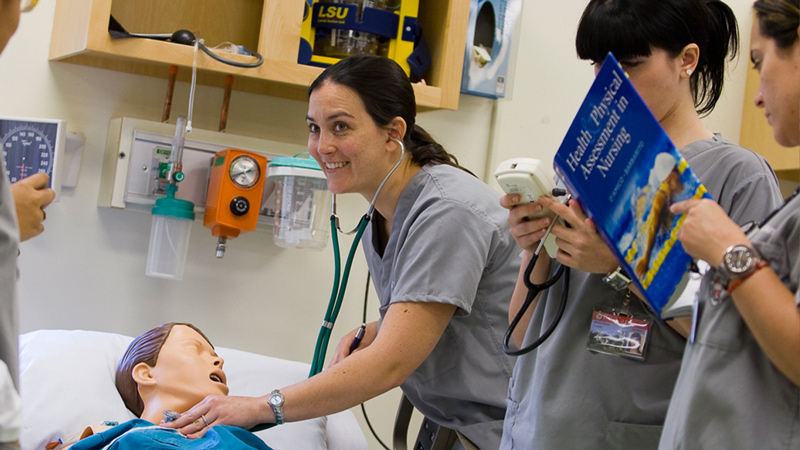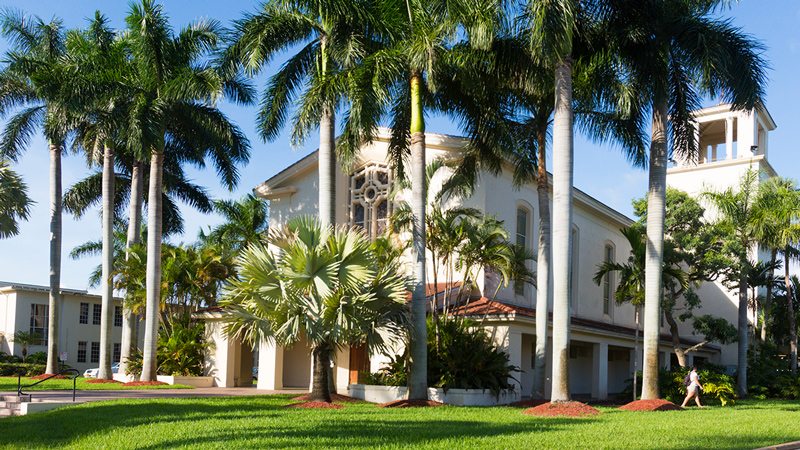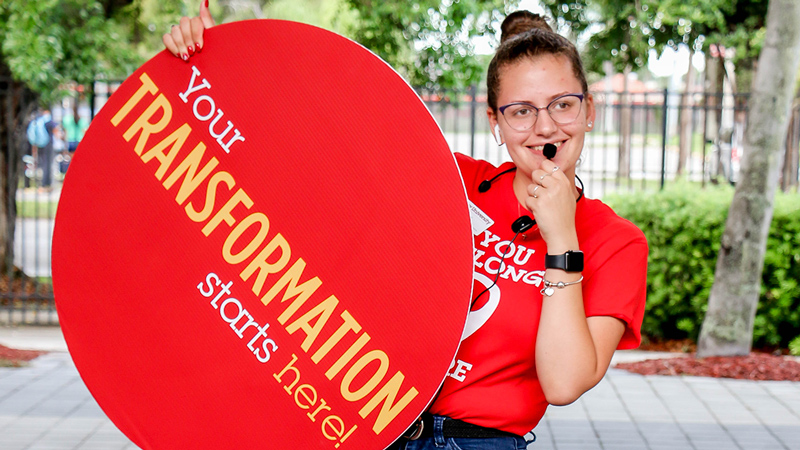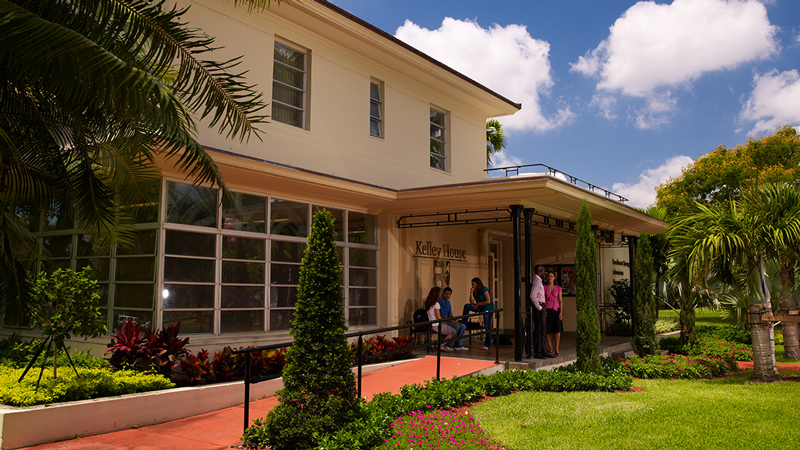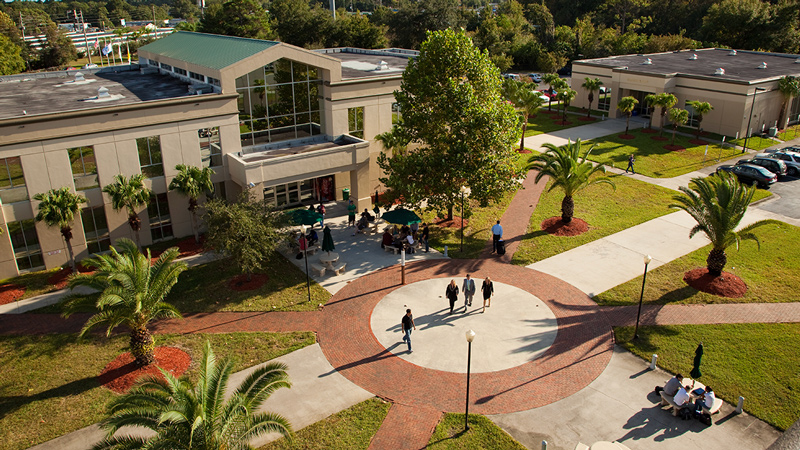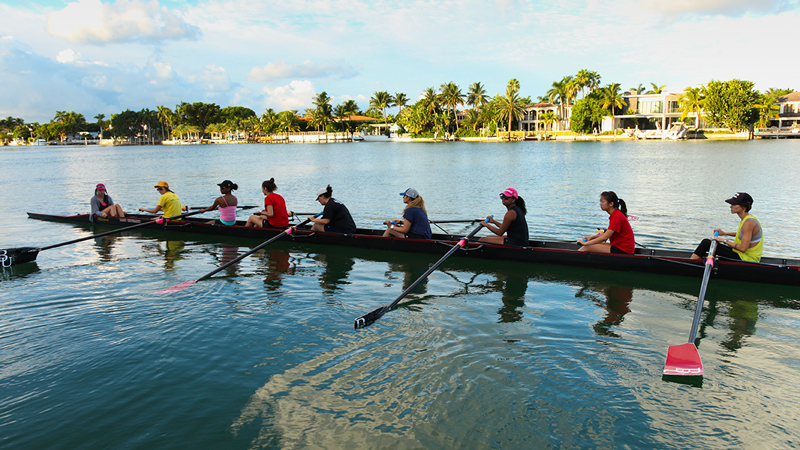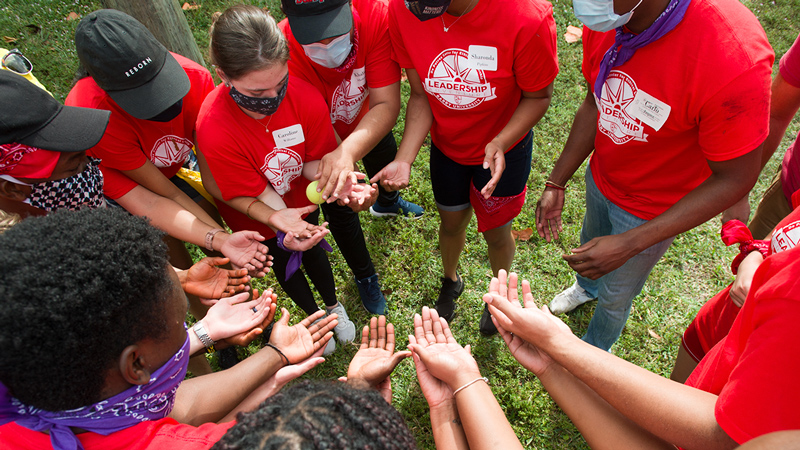Hurricanes are dangerous storms and can threaten the safety and operation of laboratories. Plans should be developed well in advance of a hurricane to ensure the protection of valuable equipment, specimens, and data. Once a hurricane watch is issued, these plans should be implemented in your lab areas in preparation for the hurricane. Even with backup generators available, lab personnel and researchers should protect their valuable materials in case power, water and climate control go out of service for an extended period of time. Special arrangements may need to be planned to protect and prevent the release of biohazardous agents and hazardous chemicals. Here are some tips to help prepare for hurricanes:
- When a hurricane watch is issued, make necessary preparations to suspend ongoing experiments involving biological cultures and hazardous chemicals.
- When a hurricane warning is issued, implement activities to suspend operations in the laboratory. Plan to shut operations down within three hours of initial hurricane warning. Remember, do not count on the availability of power, water or climate control.
- Due to the possibility of power outages, volatile, toxic and materials displaying respiratory hazards should not be stored in fume hoods or refrigerators but in tightly sealed, impervious and break-resistant containers.
- Coordinate with Facilities Management for spot coolers and power generators in key lab areas.
- Laboratories with outside windows should develop a secure area for the storage of water-reactive chemicals and biological agents. These secure areas should be waterproof and heavy enough to not be affected by the wind.
- Hazardous chemicals and biological agents should not be stored below ground level during a hurricane. Find a secure area to store these materials in case of flooding.
- Keep plenty of plastic waterproof containers on hand to store lab notes, research documentation, computer media, and any other materials that you cannot afford to have damaged.
- Keep plenty of warning labels appropriate for the hazards of the materials you work with on hand. These may be needed after the hurricane.
- Check emergency phone numbers. Update lab personnel and researcher contact numbers and make them available to the Public Safety office, if appropriate.
- Forward to Public Safety a complete list of faculty/staff that will need to be allowed on campus to access rooms/labs after the storm.
Remember, you must take responsibility to protect your own laboratory. Plan ahead and implement your plan as soon as a hurricane watch is issued.
